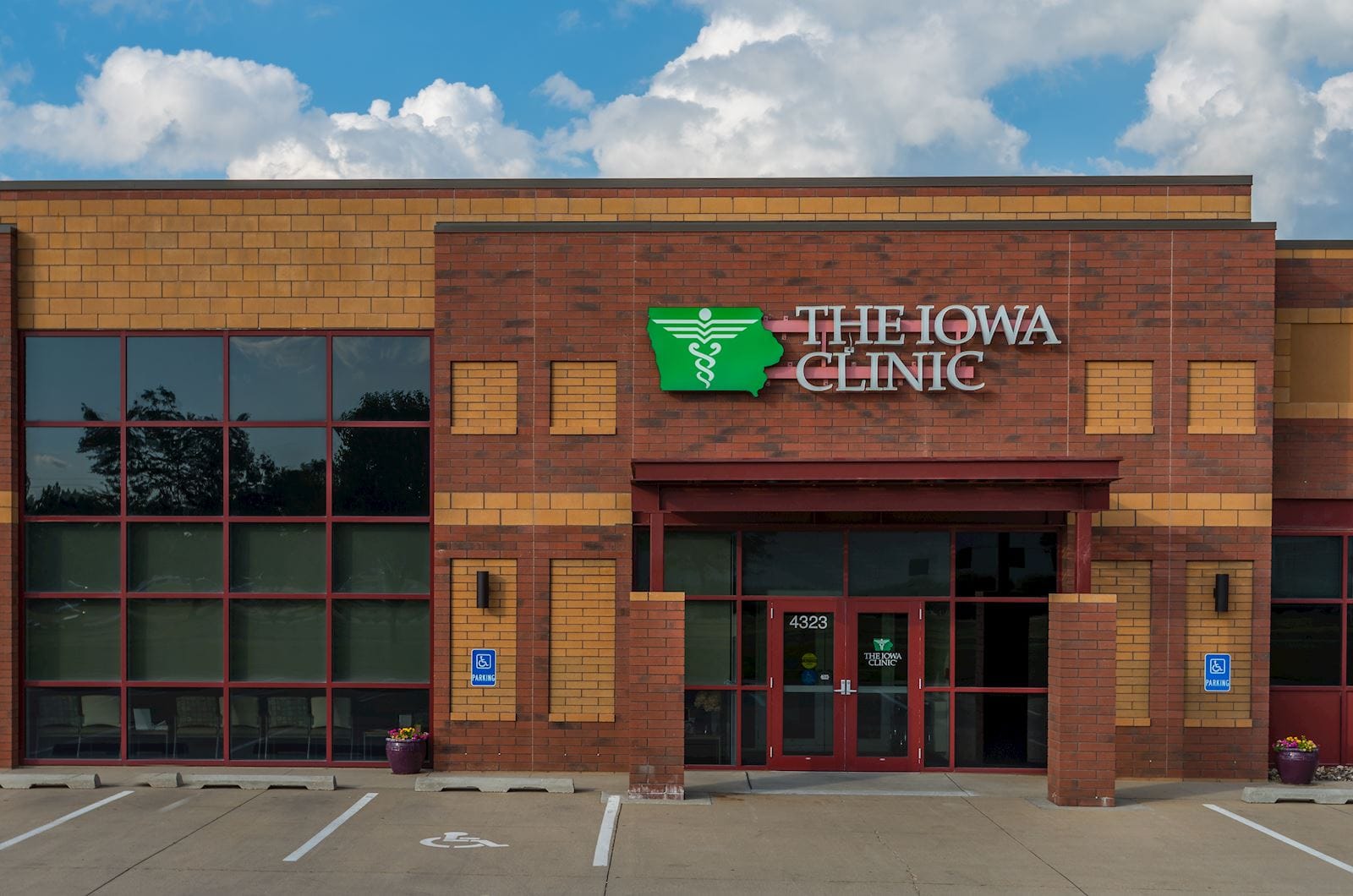Men's Prostate Conditions We Treat
The prostate may be small, but it's at the center of men’s health. Prostate issues can impact sexual function and urination. When it gets enlarged, inflamed or falls to cancer, we choose the right treatment to return it to form.
Enlarged Prostate/Benign Prostatic Hyperplasia
Prostate Cancer
Prostatitis
Testicular Pain & Masses
Men's Prostate Treatments We Provide
The prostate grows slowly as you age, and the symptoms may come at the same speed. Our urologists monitor your prostate size and symptoms and steps in with medication or surgery when the time comes.






